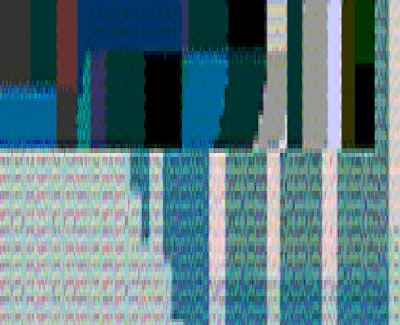Apart from that mmm.
The two toys I've been working with have proved not particularly helpful.
Following on from my post last week about the lion king thing, Seb suggested that the voltage regulator would prove useful :( It didn't work, so sad, I've tried it 3 different times so far - probably one of the components.
That said I also talked to Seb about using a pot to control voltage, he drew me a picture, but still again no luck :( Here's a photo with a bit of annotation showing how I did it.

Then I attacked the xbox - here the main problem was repetition. I found a number of cool effects, but they wouldn't repeat with any consistency. I think they all sort of depended on shorting out between something and one speaker connection or lcd connection, which makes me think that the short result may depend on the voltage output of the speaker or lcd at the time.
One sound involved a short noise, that I could manipulate into a crackle by shorting out appropriate buttons. This left me with not enough hands so I decided to try and make an automatic button pusher..For this I used a slot car with the spinning axle as the alternating contact - I figured that it constantly spinning would regularly break any connection.
It worked, but was far too noisy.. apart from the fact that the noise I was trying to manipulate so was so bloody hard to make anyway (lack of repetition).
One sound involved a short noise, that I could manipulate into a crackle by shorting out appropriate buttons. This left me with not enough hands so I decided to try and make an automatic button pusher..For this I used a slot car with the spinning axle as the alternating contact - I figured that it constantly spinning would regularly break any connection.
It worked, but was far too noisy.. apart from the fact that the noise I was trying to manipulate so was so bloody hard to make anyway (lack of repetition).

Haines, Christian. Music Technology Forum workshop. University of Adelaide, Engineering Dept, Electronics lab. 23 August 2007.
Tomczak, Sebastian. Music Technology Forum workshop. University of Adelaide, Engineering Dept, Electronics lab. 23rd of August 2007.





















